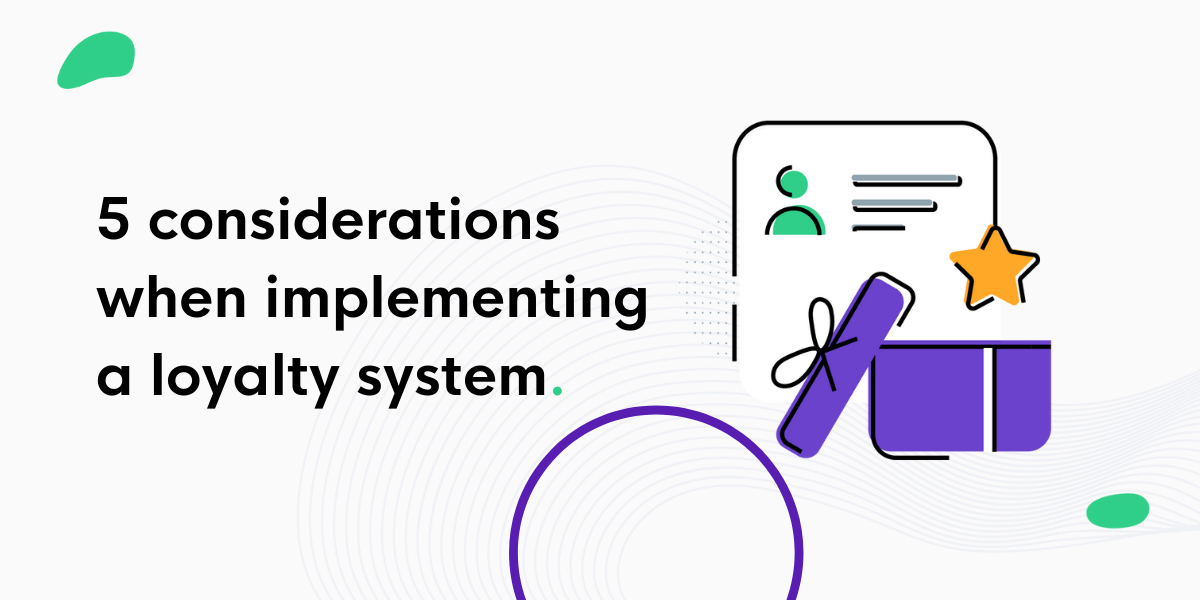Why Businesses Need to Understand their Customers
As a small business owner, meeting the demand of your customers is at the forefront of every decision. You merchandise your products to catch the eye of the consumer and create sales to drive engagement and increase footfall. But if you’re not taking steps to better understand your patrons, you may be missing the bigger picture. So where do you start?
First, look at the numbers. With every purchase made at your business, a trail of transactional data is left behind. How your customers paid, what they bought, how much they spent and when; all this information can be used to develop your own data-driven sales strategy. For example, if you own a
coffee shop and you find that the range of organic coffee beans you carry far outsells the conventional coffee you generally offer, you may wish to only carry organic coffee going forward. Perhaps the data you've collected shows a surge in traffic in the morning and afternoon but come early evening, your shop is empty. In Layman's terms, for each of your sales decisions, like the types of products you carry and the time of day you offer a promotion, you should be using data to make informed choices for your business.
However, if you're only now becoming wise to the power of data analytics, what should you do?
Try rewarding your loyal customers
Introducing a loyalty program to your business provides the ideal opportunity for your brand to encourage repeat customers and increase spend. Moreover, each time a customer presents their card to collect or redeem loyalty, there is an abundance of data to be collected. Building a profile of your shoppers (a buyer’s persona) by identifying demographics, likes, dislikes, psychographics, as well as behavioural and environmental
factors, will allow you to further understand your ideal demographic and address their needs and pain points, thus attracting more customers to your business.
Be Active on Social Media
Without a sales team to manage and track leads, it can be daunting to single-handedly take responsibility for the entire sales cycles of your business. However, by providing customer support via the social media platforms you’re already on, like Facebook and Twitter, you can
quickly interact with your customers. About 90 percent of surveyed consumers have used social media to interact with a brand, with over a third preferring social media outreach to phone and email contact, according to Sprout Social’s Q2 2016 Index.
If as HubSpot suggests, it’s five to 25 times more expensive to invest in new customers over retaining existing ones, we simply can’t ignore that potential growth. By taking advantage of all the resources available to your business, you can better understand your customerbase to keep them coming back.
.png?width=110&height=53&name=tl%20(1).png)





Leave a comment